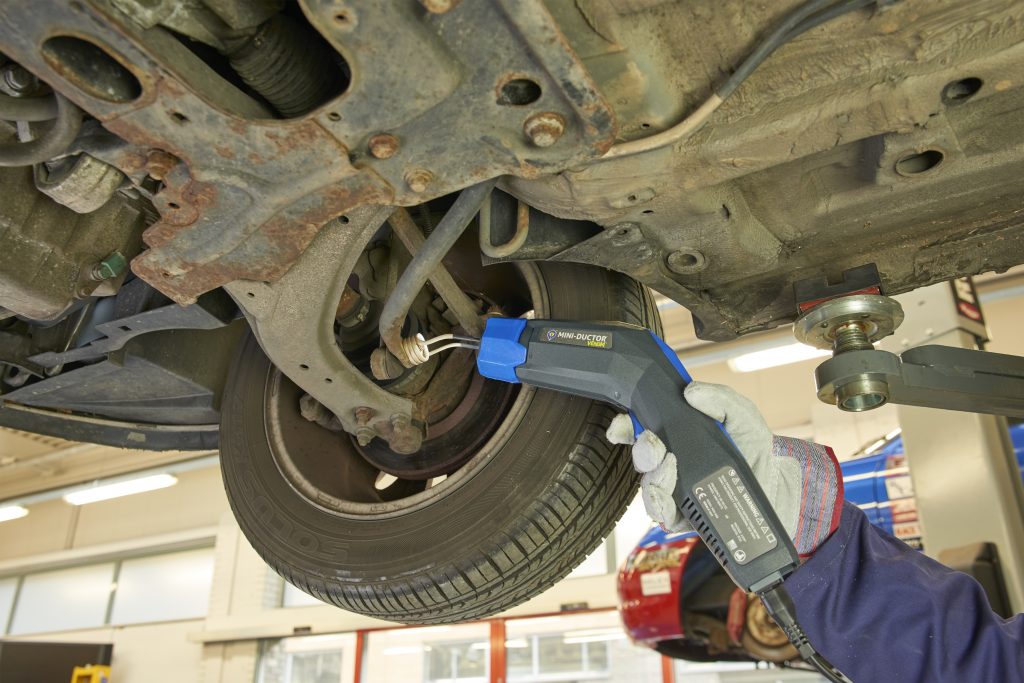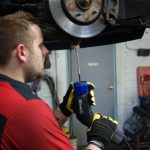PMF asks Induction Innovations to compare the advantages of using induction heat vs the traditional approach of using an Oxy-Acetylene torch for removing problem parts, to enable factors to advise customers when best to use this technology in their workshop.
According to Induction Innovations, manufacturer of the Mini-Ductor Venom, the use of induction heating in the workshop is on the rise and the company expects many motor factors to have already seen an increase in enquiries for these tools from customers.
There are some key advantages of using induction heat, outlined below. But first, here are some key questions to ask your customers:
Have they ever caused damage with a torch?
Does removing parts take up a lot of time and would a new solution make their lives easier?
?Do they regularly have to replace parts that they could have kept?
?Do they need to improve safety in their workshop?
Top tips
How can you sell the idea of using induction heating technology as a viable alternative to Oxy-Acetylene to your customers?

Using Oxy-Acetylene is ‘risky’
The use of a torch in a confined space vastly increases the consequential fire risk, according to the company. Plastics, wiring and trim around the part being removed can catch fire, causing potentially costly damage, because replacing damaged wiring can be very expensive.
By contrast, induction heating is said to be safer and more reliable. The flameless heat, created by high frequency magnetic fields, is also able to heat ferrous metals.
Reduced overheads
Induction Innovations claims that the cost savings from not using Oxy-Acetylene is striking. On average, insurance premiums are 10-30% less. Added to the average cost of £150-a-year to rent a gas bottle and with the majority of parts having to be replaced, the overheads start to mount up.

Improve productivity and profits
Flexible coils, supplied with the Mini- Ductor, wrap round the nut and heat it in seconds for easy removal. For example, a 19mm nut is heated red hot in just 15 seconds for easy removal.
As the flameless heat is localised on the part and not the surrounding area, collateral damage to the part is minimised, so parts can often be re-used.
Most importantly, according to the company, using induction heating as a viable alternative to a naked flame means technicians are safer in the workshop.








